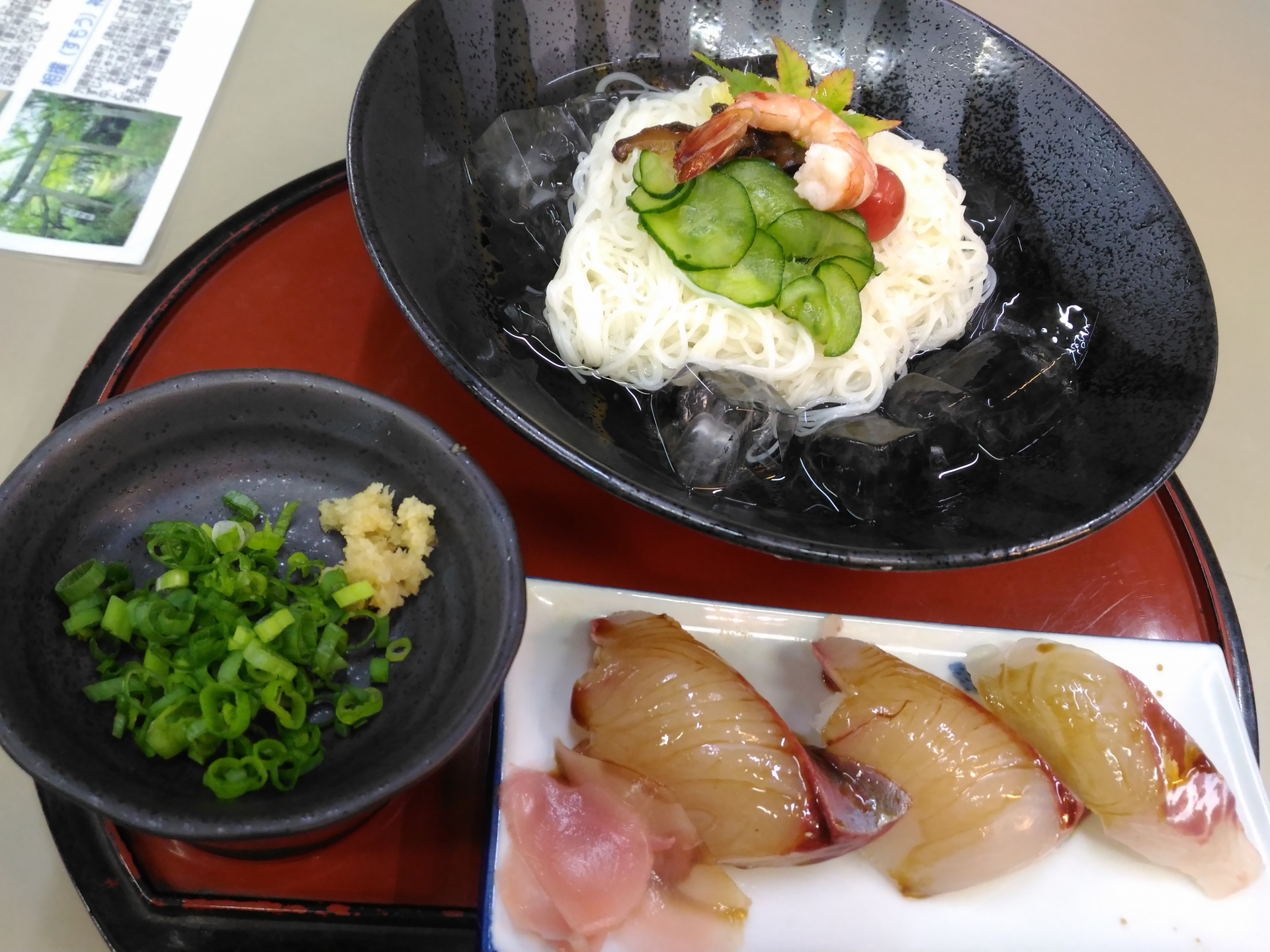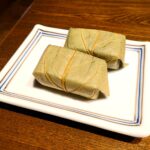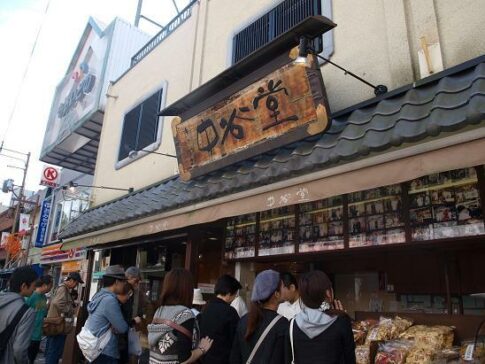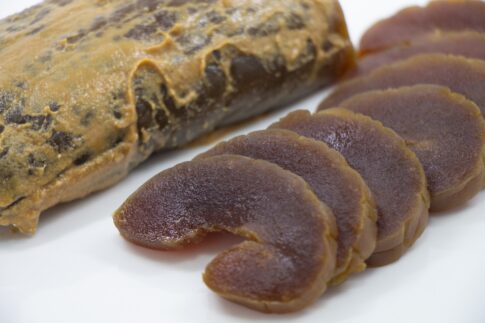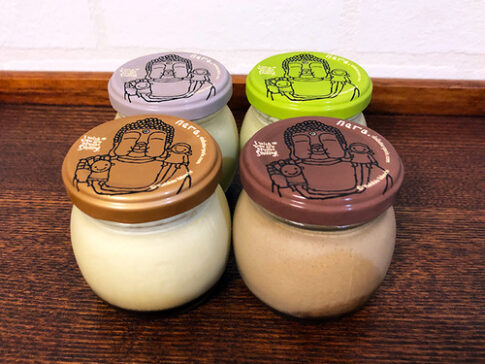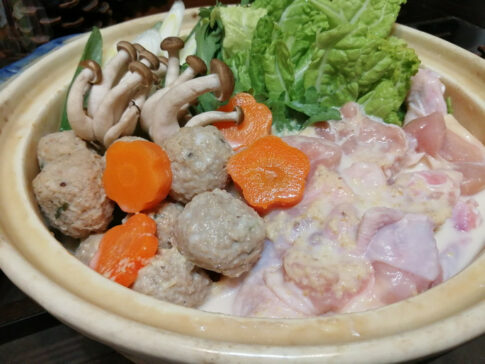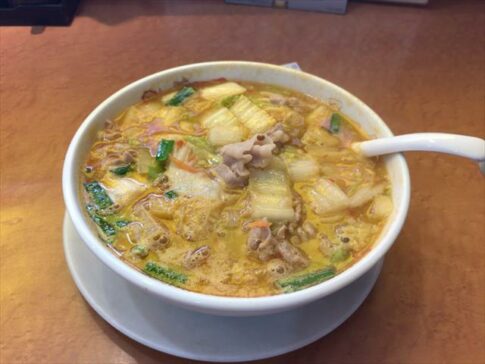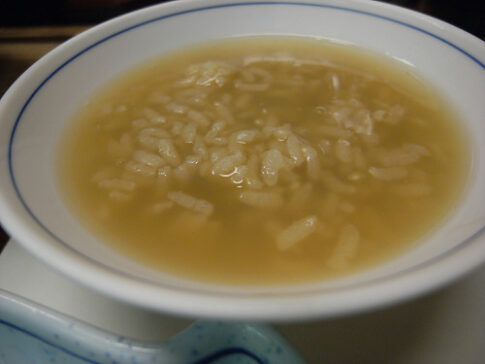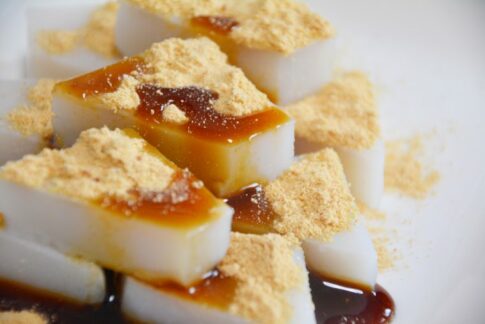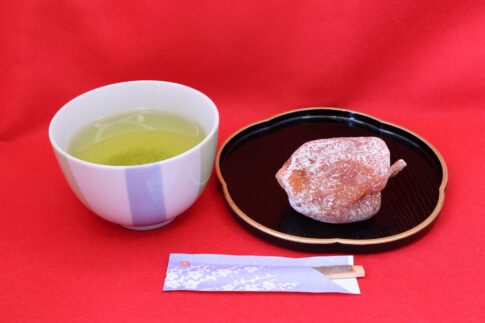Have you ever had “Somen” noodles?
Somen is a type of Japanese and East Asian noodle dish made from wheat flour.
It is mainly distributed as dried noodles and is available year-round in the market, but it is usually eaten cold and is a summer noodle dish for its coolness.
Today we will introduce “Miwa Somen Noodles” that is one of somen types and made in Nara Prefecture.
Nara Travelers Want to Know About Miwa Somen Noodles

1. Basic Information
- The Roots of Hand-Pulled Somen
Miwa somen is said to have originated more than 1200 years ago, when Tane-nushi, the second son of Omiwa-no-Asansaikusa, the chief priest of Omiwa Shrine (Miwa, Sakurai City, Nara Prefecture), found that the land in the Miwa village and the clear stream flowing from Mount Miwa.
The somen is said to have originated from the production of somen noodles from wheat flour.
Miwa somen has grown along with the Japanese people up to the present day, and in the distant Manyo period (710-794), the taste of Miwa somen was valued by the court as a preserved food, and was widely used as an offering and a gift for guests.
From the Nara period (710-794) to the Heian period (794-1192), the original form of somen was called “sakuhei,” which was made by kneading wheat flour, folding the rope-shaped noodle in two, and twisting it.
It is said that the original form of somen was called sakuhei, which was made by kneading wheat flour, folding rope-like noodles in two, and twisting them.
- History of Miwa Somen
When Zen Buddhism was introduced in the Kamakura period (1185-1333), somen reached a turning point. One was the introduction of Chinese influence, which introduced the use of oil to stretch the noodles.
The introduction of a grinder advanced milling technology and made it possible to make them thinner and longer.
Finally, the name of this item was influenced by the Chinese word for somen also used in Japan.
This was then accented and the name “somen” came to be used in Japan. This is the birth of today’s somen, so to speak.
The character for appears in books instead of previous one in the Nanbokucho period (1392-1644).
The first time the word “somen” appeared in books was in the “Iseiteikin Ourai” written in the Nanbokucho period (1644-1644).
In the Edo period (1603-1867), somen became widely available to the general public.
The value of Miwa somen eaten in Miwa, which flourished as an inn town during the Ise pilgrimage, was advertised to the rest of the world, and people learned the technique of somen production.
The somen production techniques were learned and somen production spread throughout the country.
- Tradition of Miwa Somen
“Miwa somen is the best in Japan. Japan Sankai Meibutsu Zukai (Japan Mountain and Sea Famous Products)
The Edo period’s “Nihon Sankai Meibutsu Zukai” (Japan Mountain and Sea Specialties) says, “Yamato Miwa Somen is a specialty, as thin as a thread and as white as snow. It is as white as snow and as thin as a string, and is not boiled and flabby, and is unlike any other somen from other countries. It is also a specialty in Tagoya, where travelers are treated to somen.
2. What Somen is
In the hope of making Somen tastier and more enjoyable, we would like to provide you with some information about Somen.
We would like to provide you with some information about Somen. Please make use of it as a trivia knowledge of Somen.
- Ingredients of Somen
Hand-pulled Somen noodles are made from wheat flour, salt, and edible vegetable oil. Special somen such as matcha green tea and egg are hand-pulled using various ingredients in addition to the above three ingredients. Please note that our somen production line also produces products containing eggs and soybeans. Please be careful if you have allergies.
- Somen’s own Words
Yaku
This is the process of storing Somen in a warehouse to let the rainy season pass. It is said that the moisture, salt, humidity and temperature of the noodle are in a state of moderate harmony, and that the noodle becomes firmer and has more firmness and flavor.
Hine (dried)
Somen that have been produced for more than one year are called “dry” somen. Hine Somen has more firmness than new ones.
KANSEI
Somen made during the cold season (approximately from November to March). Somen produced during this period are made in 30 hours or more, and are also called “2-day production.
Shinmono
Somen that have not been produced for less than one year are called shinmono.
Somen does not like humidity. Moisture can cause mold, so please store in a place with low humidity and away from direct sunlight.
If stored at home for a long period of time, store in an airtight food container. This will reduce the occurrence of mold and insects.
- Difference between Somen and Udon Noodles
The difference between Somen and Udon is divided by thickness.
Udon 1.7mm or more in length
Hiyamugi 1.3mm or more in length and less than 1.7mm in diameter
Somen Diameter less than 1.3mm
Kishimen Width 4.5mm or more, thickness less than 2.0mm
3. Why Miwa Somen is Special
Making somen noodles requires delicate adjustments of flour and salt water according to the weather conditions of the day. The work is carried out in the freezing cold and stifling air.
Boiling time is as short as one minute, but the production of somen is a lengthy process involving 12 steps, and without expert skill, the product will not have an even color or be straight and “beautiful.
The Miwa Somen Cooperative has established its own strict quality standards in order to maintain the traditional production method, and only somen made by members of the cooperative are labeled with the “torii obi” mark as a sign of quality assurance.
Among such Miwa somen, the highest grade brand which represents Miwa as ultra-thin somen, can only be produced at limited times and by limited producers in the cooperative.
Therefore, every year in May, this highest brand is honored as a gift to the Imperial Household.
Summary
Miwa Somen has a long history and tradition.
If you like noodles, you must like it!
